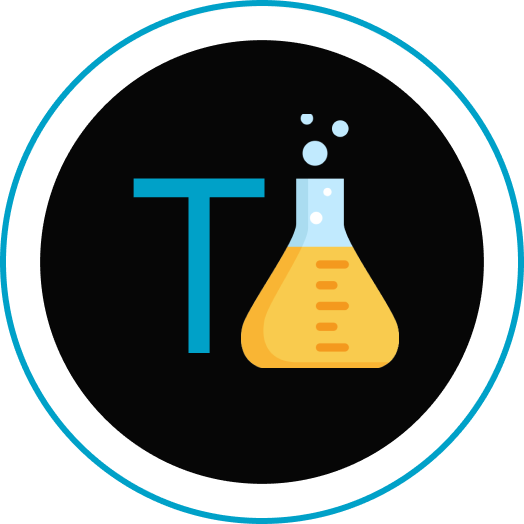OOPS Concept in Python Using Examples: A Comprehensive Guide
The Four Pillars of OOPS
OOPs is built on four fundamental principles: Encapsulation, Abstraction, Inheritance, and Polymorphism. Let’s explore each of these concepts in detail.
1. Classes and Objects (Encapsulation)
A class is a blueprint or a template that defines the properties and methods of an object. An object is an instance of a class, and it has its own set of attributes (data) and methods (functions).
Example:
class Car:
def __init__(self, brand, model, year):
self.brand = brand
self.model = model
self.year = year
def start_engine(self):
return "The car engine is starting."
my_car = Car("Toyota", "Corolla", 2020)
print(my_car.start_engine()) # Output: The car engine is starting.
2. Inheritance
Inheritance allows one class to inherit the properties and methods of another class. The child class inherits all the attributes and methods of the parent class and can also add new attributes or override the ones inherited from the parent.
Example:
class Vehicle:
def __init__(self, brand, model):
self.brand = brand
self.model = model
def honk(self):
return "Honk honk!"
class Car(Vehicle):
def __init__(self, brand, model, year):
super().__init__(brand, model)
self.year = year
def start_engine(self):
return "The car engine is starting."
my_car = Car("Tesla", "Model S", 2023)
print(my_car.honk()) # Output: Honk honk!
print(my_car.start_engine()) # Output: The car engine is starting.
3. Polymorphism
Polymorphism is the ability of an object to take on many forms. In Python, polymorphism is achieved through method overriding or method overloading. However, Python does not support method overloading natively, but it can be implemented using optional parameters.
Example:
class Shape:
def area(self):
pass
class Square(Shape):
def __init__(self, side):
self.side = side
def area(self):
return self.side ** 2
class Circle(Shape):
def __init__(self, radius):
self.radius = radius
def area(self):
return 3.14 * self.radius ** 2
square = Square(4)
circle = Circle(5)
print(square.area()) # Output: 16
print(circle.area()) # Output: 78.53981634
4. Encapsulation
Encapsulation is the idea of bundling data and methods that manipulate the data within a single unit, which is the class. In Python, encapsulation is not enforced strictly, but it can be achieved by using private variables (prefixed with double underscores) and providing public methods to access and modify them.
Example:
class BankAccount:
def __init__(self):
self.__balance = 0
def deposit(self, amount):
self.__balance += amount
print(f"Deposited ${amount}. Current balance is ${self.__balance}")
def withdraw(self, amount):
if amount > self.__balance:
print("Insufficient balance!")
else:
self.__balance -= amount
print(f"Withdrew ${amount}. Current balance is ${self.__balance}")
account = BankAccount()
account.deposit(1000) # Output: Deposited $1000. Current balance is $1000
account.withdraw(500) # Output: Withdrew $500. Current balance is $500
Abstraction in Python
Abstraction is the concept of exposing only the necessary details to the outside world while hiding the implementation details. In Python, abstraction can be achieved using abstract classes and interfaces.
Example:
from abc import ABC, abstractmethod
class Animal(ABC):
@abstractmethod
def sound(self):
pass
class Dog(Animal):
def sound(self):
return "Woof!"
class Cat(Animal):
def sound(self):
return "Meow!"
dog = Dog()
print(dog.sound()) # Output: Woof!
cat = Cat()
print(cat.sound()) # Output: Meow!
Real-World Applications of OOPS in Python
OOPS concepts are widely used in many real-world applications, including:
- Web Development: Frameworks like Django and Flask use OOPs concepts to build modular and scalable web applications.
- Game Development: Games built with libraries like Pygame use OOPs to create game objects, characters, and scenes.
- Data Analysis: Libraries like Pandas use OOPs concepts to handle data structures and manipulate data efficiently.
- Machine Learning: Scikit-learn and TensorFlow use OOPs to create models, datasets, and training algorithms.
Best Practices for Implementing OOPS in Python
- Use Meaningful Names: Use descriptive names for classes and methods to make your code more readable.
- Keep It Simple: Avoid over-engineering by creating unnecessary classes or inheritance.
- Follow DRY Principle: Don’t Repeat Yourself. Use inheritance and polymorphism to reuse code.
- Encapsulate Data: Use private variables to protect data and provide public methods to access and modify them.
Conclusion
Mastering OOPS concepts is essential for any aspiring Python developer. By understanding and implementing classes, objects, inheritance, polymorphism, and encapsulation, you can write more efficient, modular, and maintainable code. Whether you’re building a simple script or a complex application, OOPs will help you structure your code better and make it easier to scale. So, practice these concepts regularly and apply them to real-world projects to become proficient in Python OOPS programming.
Also read: Much Hyped Google New Image Generation Model : Whisk

